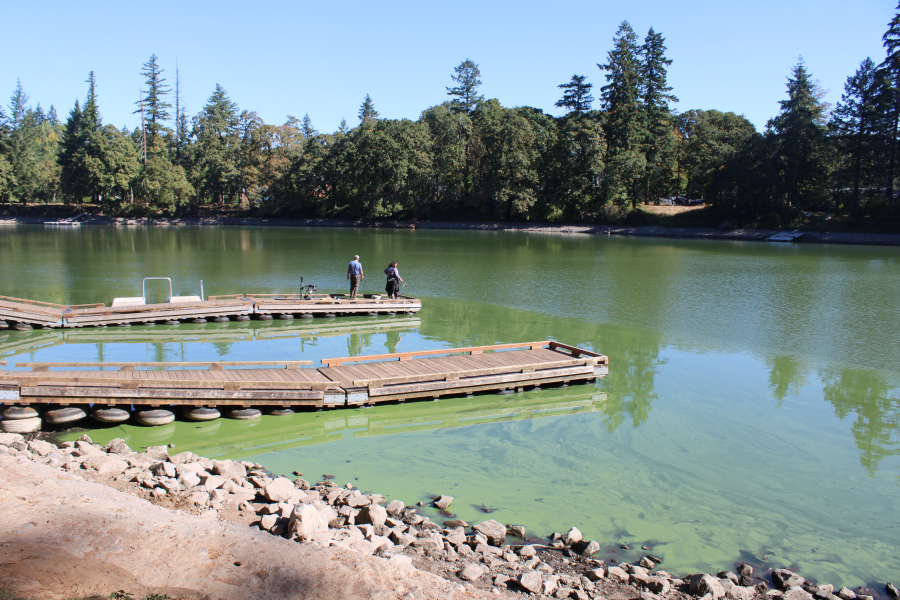CAMAS — Consultants hired by the city of Camas will soon complete the first phase of a two-phase plan designed to address pollution sources and improve water quality in Camas’ Lacamas, Round and Fallen Leaf lakes, but critical data collection will have to wait until the state approves the city’s plans for gathering and assessing data for the project.
The state Department of Ecology could take at least two months to sign off on the city’s Quality Assurance Project Plan, which outlines the project’s methods of data collection, storage and analysis.
Camas Public Works Director Steve Wall told the Camas City Council during its regular meeting on Sept. 20 that the requirements won’t stop consultants from moving on to other components of Phase 2.
After experiencing several toxic algal outbreaks in Lacamas and Round lakes in 2019 and 2020, the city council approved spending up to $300,000 — funded by the city’s stormwater utility fund and available grants — to create a management plan for all three lakes, establish water-quality goals, and develop strategies that will improve the lakes’ water quality and, eventually, help prevent toxic algae blooms.
The city hired Geosyntec Consultants earlier this year to start on the first phase of the lake-management plan, and come up with a work plan for the second phase.
Wall said the scope of the work includes reviewing background data to better understand the lakes’ water quality and historical data, identifying short-term actions to help improve water quality in the lakes, communicating with stakeholders to understand concerns about the lakes, pinpointing funding and volunteer opportunities to help improve lake water quality, and planning how to create the actual lake-management plan.
In August, a Geosyntec consultant told city officials that a critical step in addressing the lakes’ water-quality issues will be to figure out exactly where pollution, including phosphorus, is entering the lake system.
“Lacamas Creek accounted for the majority of phosphorus inflows to Lacamas and Round lakes in the 1980s,” the consultant said during an Aug. 2 council workshop. “We have to check to see if this is still true. Reducing phosphorus loading to the creek from the watershed will be necessary to reduce the occurrence of algal blooms.”
Because there have been no “serious” studies on the lakes’ water quality since the mid-2000s, he added, “it is important to determine the sources coming into and out of the lake … so we know where to focus our efforts in the future.”
Wall added that the city and its consultants are not making any assumptions about the sources of pollution in the lakes or the reasons behind the frequent algal blooms, which can be harmful to humans and can kill smaller animals, including dogs that drink the water or come into contact with an algal bloom.
“The idea wasn’t to just jump in and make assumptions about what we think may or may not work,” Wall told city officials on Aug. 2. “We want to base this on the science. We have to figure out what’s going on (with the lakes’ water quality) and what the current conditions are.”



